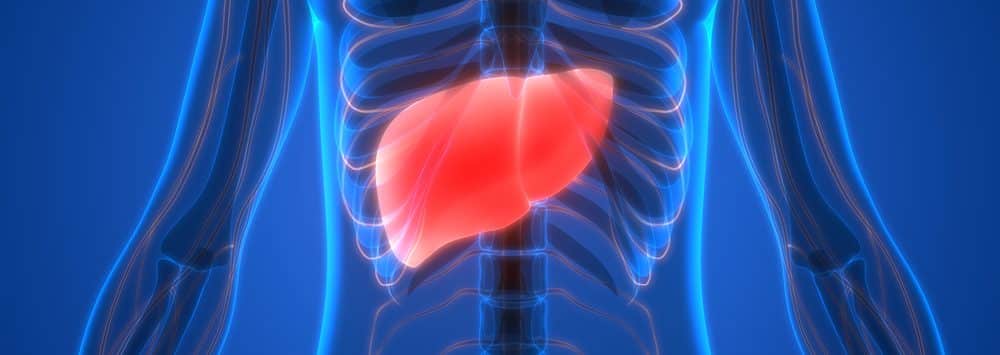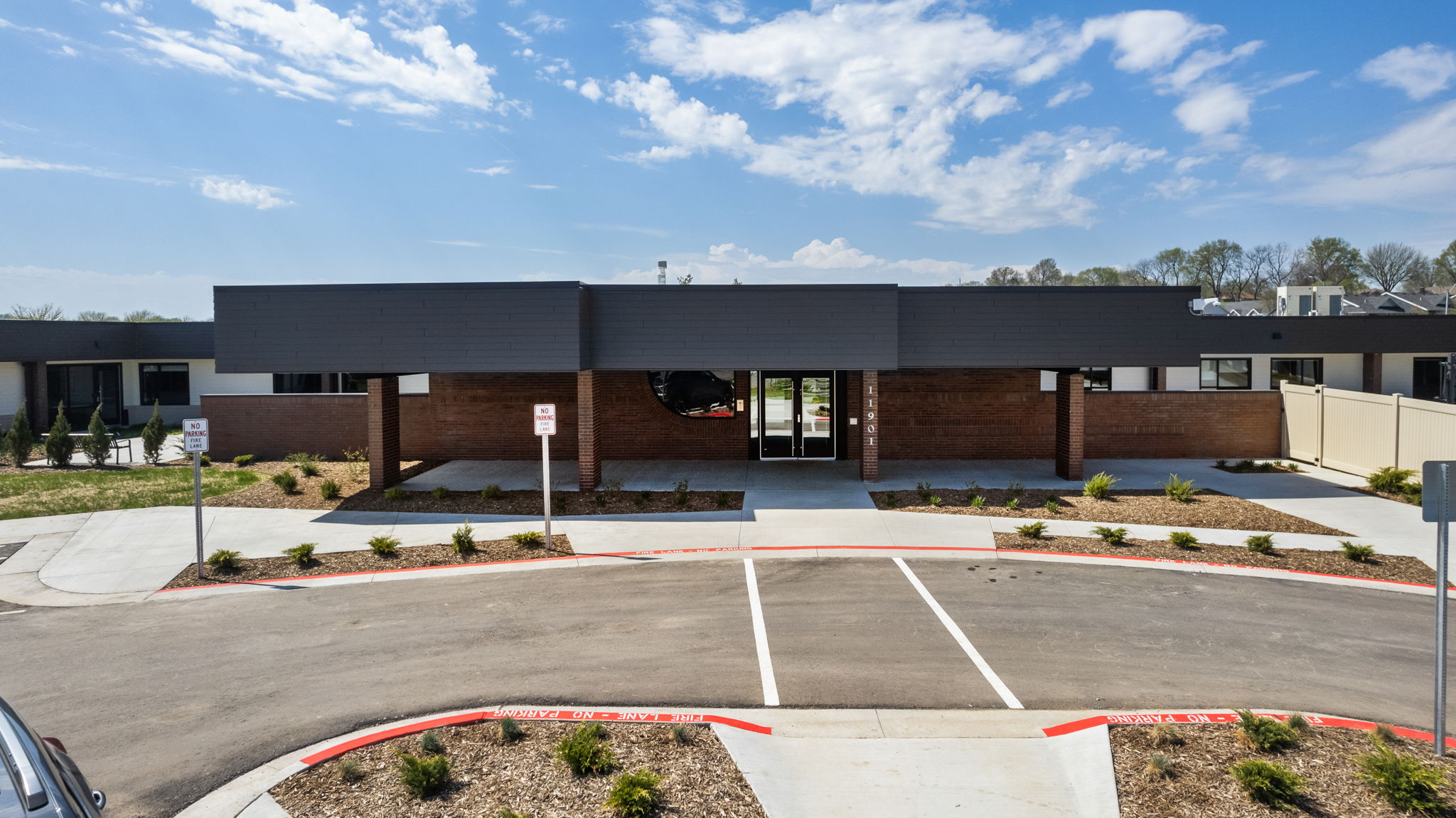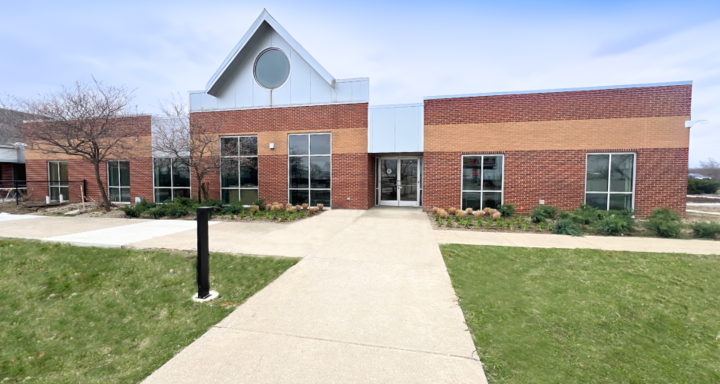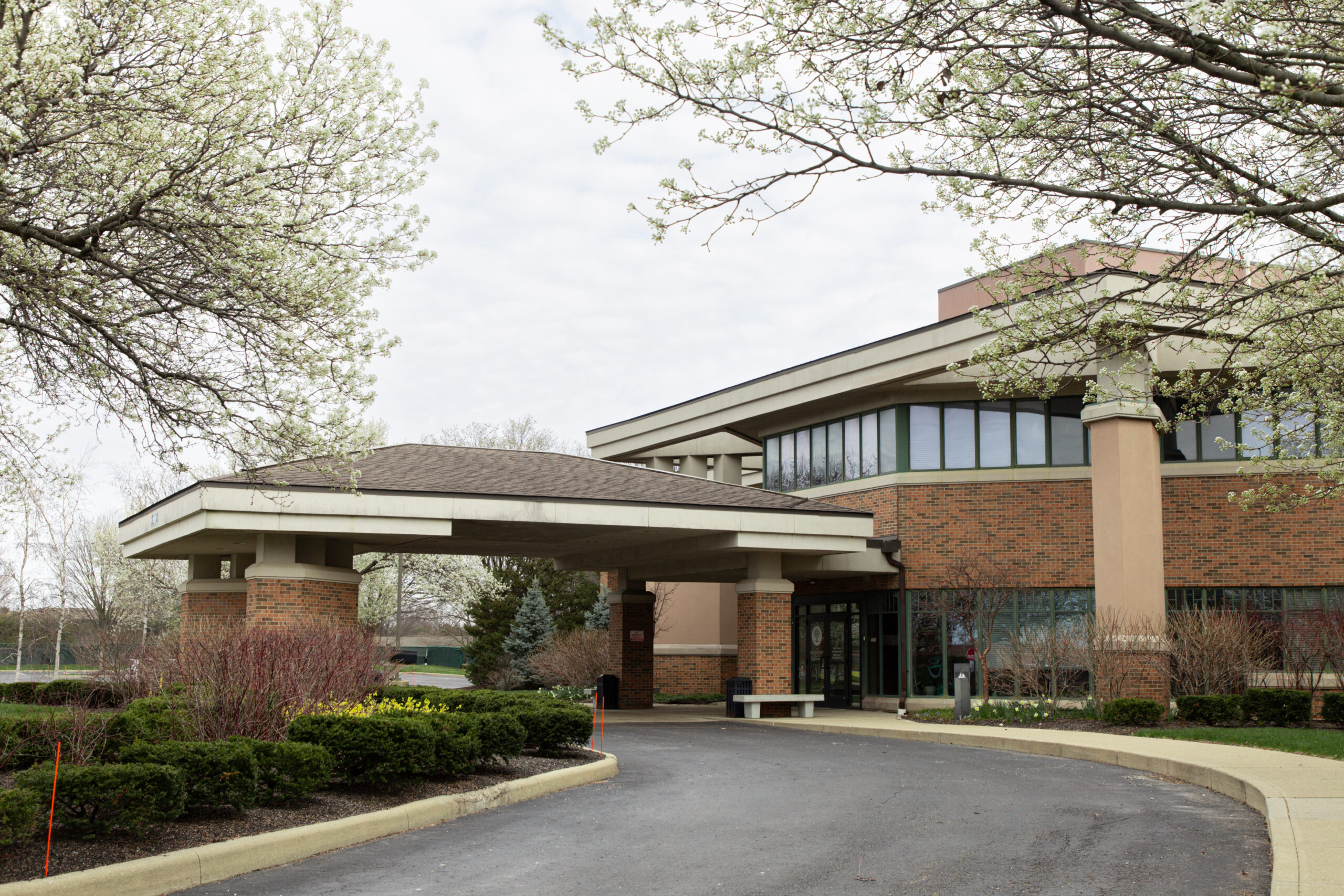Fentanylis an incredibly powerful synthetic opioid. It’s used in medical settings for a variety of reasons, including for the treatment of severe and chronic pain in people who are resistant to the effects of other opioids. There are different ways fentanyl can be administered, including in atransdermal patchform and orally.
While fentanyl certainly has therapeutic pain-relieving benefits, it’s also one of the most commonly abused drugs in the United States. Fentanyl has a high potential for abuse, particularly because its effects occur rapidly but last only a short time, and also because it can create a euphoric high, particularly when taken in larger doses.
Despite the prevalence of fentanyl use, there are still many things people don’t know about this opioid with regard to how it works. Common questions people have are “Where is fentanyl absorbed?” and “Where is fentanyl metabolized?”
Where Is Fentanyl Absorbed?
Fentanyl quickly crosses the blood-brain barrier, regardless of how it’s taken. It affects the central nervous system quickly, which is why people feel a rapid, euphoric high, particularly when they first start using it. Other effects that occur quickly include respiratory depression, but there’s also the potential for dangerous side effects, like seizures, hypotension, and coma.
The specifics of where fentanyl is absorbed are based on the way it’s administered.
When fentanyl is given intravenously, the effects are more localized because of its high lipid solubility. When fentanyl is given orally, it’s absorbed through the sublingual mucosa, and when fentanyl is given inlozenge form, it’s absorbed through the oral mucosa primarily.
When fentanyl is administered by transmucosal routes, it tends to reach the brain very quickly. There are also some options that include nasal spray and inhalers, but they’re absorbed quickly and may be unsafe because of that.
How Does the Fentanyl Patch Work?
The patch is one of the more common ways to administer fentanyl, so it’s particularly relevant to the conversation of where is fentanyl absorbed and where is fentanyl metabolized.
The fentanyl transdermal patch includes a gel infused with a certain dose of fentanyl. When someone applies it to their skin, it can provide continuous pain relief, usually for a period of 48 to 72 hours. These patches are most often prescribed to treat palliative pain relief for cancer patients and help manage pain following an operation.
For this type of fentanyl to be effective, it has to be absorbed by the skin and then built up, and it may take up to 24 hours for it to start working.
Unfortunately, there are opportunities for abuse with this method of fentanyl absorption, including applying more than one patch at a time, changing the patches more often than prescribed, inserting patches rectally, or extracting the fentanyl from the patch and then injecting it.
Where Is Fentanyl Metabolized?

Fentanyl is metabolized by the liver. This metabolization occurs because of three metabolites: norfentanyl, hydroxfentanyl and hydroxynorfentanyl.
When someone takes fentanyl intravenously, it’s estimated that around 85 percent of a dose is eliminated from the body in a three to four day period. When fentanyl is given transdermally or in oral doses, it can be detected in urine for around 24 hours.
Also pertinent when discussing where fentanyl is metabolized and where fentanyl is absorbed is looking how long it stays in your system.
The half-life of fentanyl in terms of elimination is around two to four hours, so it would take anywhere from 11 to 22 hours to leave the body when taken intravenously. When it’s taken as a patch or lozenge, its half-life is around seven hours and it could take 36 hours to leave a person’s system completely.
When fentanyl is metabolized it leaves behind metabolites, which linger in the system for longer.
















